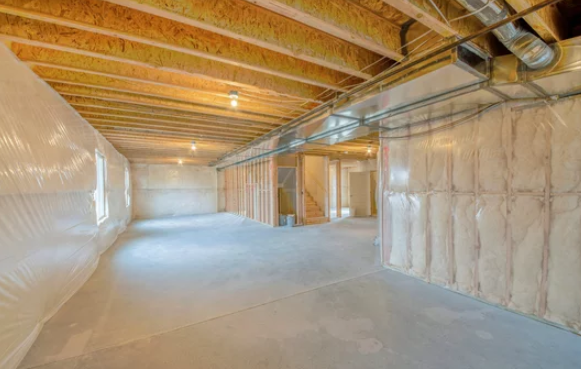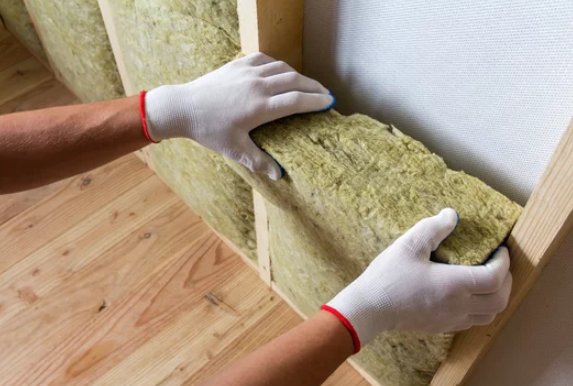Home insulation is one of the most important aspects of ensuring that your home remains comfortable and energy efficient all year round.
Properly installed wall insulation can help keep the temperature inside your house consistent, reduce noise levels, and lead to lower energy bills. In this article, we’ll discuss why having it in your home is so important, how it can help you save money in the long run, and provide tips for installing it on your own.
Whether you’re looking to improve the energy efficiency of an existing home or are building a new structure from the ground up, this article will give you all the tools and information you need to get started.
Definition of Wall Home Insulation

Wall Home Insulation
Wall home insulation is a type of material that’s used to insulate the walls of homes from cold and warm temperatures. It’s made from materials like fiberglass, cellulose, foam, and rock wool and comes in a variety of forms such as rolls, batts, or spray foam.
The purpose of wall home insulation is to keep warm air inside the home during the winter months and cool air inside during the summer months so that you can maintain comfortable temperatures throughout the year.
Why You Need Wall Home Insulation

Having the right insulation in your home is essential for keeping it comfortable and energy efficient. Without adequate insulation, cold air can easily escape from outside your walls, leading to uncomfortable drafts and higher energy bills.
Wall insulation also helps block noise from entering or leaving a home, so you can enjoy more peace and quiet. Additionally, it can help prevent condensation from forming on cold surfaces and improve the overall air quality inside your home.
Most homeowners don’t realize how important insulation is until it’s too late. You must inspect your walls to make sure they are properly insulated before any major weather events hit.
This will ensure that your home stays comfortable no matter what the season brings. Be it summer days, winter nights, or rainstorms, having the right wall insulation can make all the difference.
It is important to note that some states and localities may require you to have a certain level of insulation in your walls.
Installing Wall Home Insulation

When it comes to installing wall insulation, there are a few different approaches you can take. The most common type is either loose-fill or batt insulation.
Loose-fill requires a blowing machine and is often used in attics or walls with lots of cavities. Batt insulation, on the other hand, comes in pre-cut pieces that can be easily fitted between wall studs.
Installing it yourself can be a bit of a challenge, but it’s certainly doable with the right tools and knowledge. The most important thing to remember is to wear protective gear like gloves, safety glasses, and a face mask to reduce your risk of inhaling any fibrous particles that may come loose during installation.
Additionally, make sure you’re using the correct type of insulation for the area you’re working on. You can ask for professional help at iFoam to make sure the job is done right and your insulation is installed properly.
Conclusion
Wall home insulation is a key component of keeping your home comfortable and energy-efficient all year round. It can also help reduce noise and improve air quality.
When it comes to installation, you can usually tackle the job yourself as long as you’re equipped with the right knowledge and safety gear.
However, if you’d rather have an expert do it for you, consider reaching out to professionals to get started. With the right insulation in place, you can look forward to a more comfortable home and lower energy bills!



